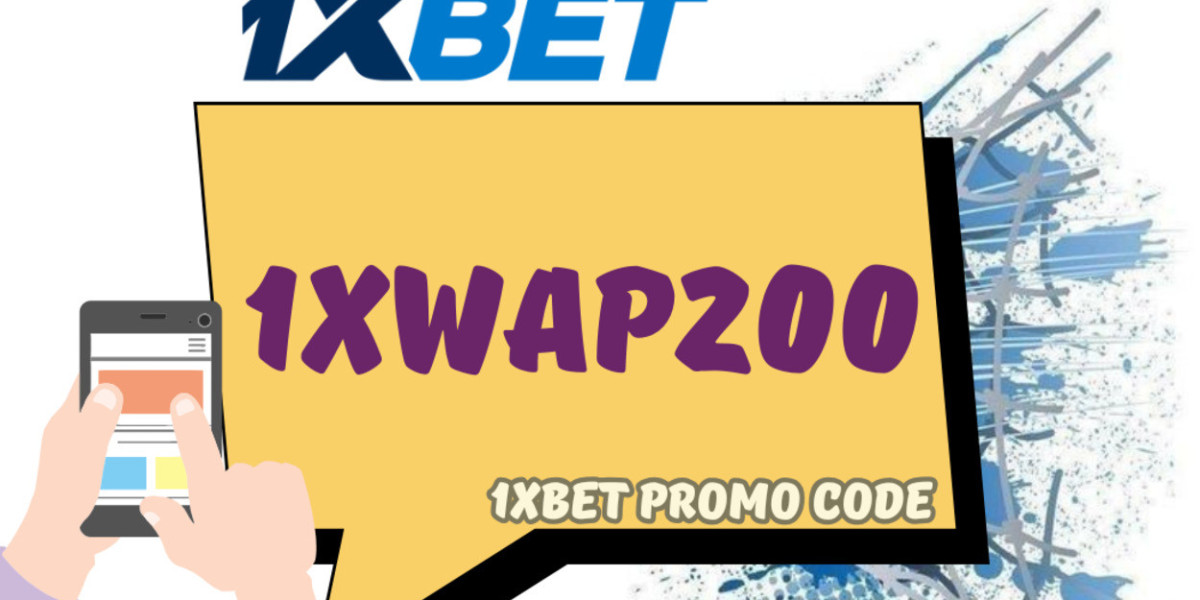Enterprise software is the backbone of modern organizations—supporting everything from supply chain operations to employee management and customer engagement. But with such wide-ranging functionality, enterprise tools often become bloated, difficult to navigate, and frustrating for end users. That’s where UX audits for enterprise software come into play, helping businesses uncover friction points and simplify complex workflows.
In this post, we’ll explore how UX audits work, why they’re essential for enterprise systems, and how they can transform usability into a competitive advantage.
Why Enterprise Software Often Feels Complicated
Enterprise platforms are usually designed to cover multiple use cases under one umbrella. While this sounds efficient, it often leads to issues such as feature overload, where too many options are scattered across the interface. Users often struggle with inefficient navigation, spending valuable time hunting for basic functions. The steep learning curve adds another layer of frustration, with new employees requiring weeks of training before they feel comfortable using the system. On top of that, workflow bottlenecks are common, with employees needing to complete multiple steps just to finish simple tasks. Unlike consumer apps, enterprise software isn’t always designed with the end user in mind, which can reduce productivity, increase support costs, and create unnecessary stress across teams.
What a UX Audit Does for Enterprise Systems
A UX audit works like a health check for enterprise systems, examining the current user experience to identify pain points and provide actionable improvements. The process often involves analyzing workflows to determine whether processes are unnecessarily complicated, studying user behavior to see which features get used daily versus those that are ignored, and testing accessibility to ensure all employees can use the system equally well. It also involves reviewing the overall consistency of design patterns across modules, ensuring that interactions feel intuitive from one section of the software to another. By focusing on real-world usability, UX audits reveal exactly where enterprise systems are failing to support productivity.
Simplifying Complex Workflows Through UX Audits
The most transformative benefit of UX audits for enterprise software lies in their ability to simplify complex workflows. An audit can uncover ways to reduce the number of steps required to complete critical tasks, turning a lengthy approval process into something far more manageable. It can highlight opportunities to optimize navigation, grouping related features under intuitive menus that eliminate unnecessary clicks. Personalized dashboards can also be designed so that users see the tools they rely on most immediately upon logging in. In many cases, audits identify repetitive actions that can be automated, helping to eliminate manual tasks that slow teams down. Collectively, these improvements make enterprise software not only easier to use but also far more effective at supporting organizational goals.
Business Benefits Beyond Usability
The impact of a UX audit goes far beyond simply making software more user-friendly. For enterprises, better UX translates into real business outcomes. Employees are more likely to adopt tools that feel natural, which means higher engagement and fewer abandoned platforms. Training costs are reduced when workflows are simplified, as new users can become productive more quickly without weeks of onboarding. Productivity increases as employees spend less time wrestling with interfaces and more time focusing on their work. Perhaps most importantly, morale improves as frustration drops, turning enterprise systems into enablers of efficiency rather than obstacles.
ReloadUX and Enterprise UX Audits
At ReloadUX, we’ve seen firsthand how enterprise software can either accelerate or obstruct daily operations. Our UX audit approach focuses on uncovering hidden inefficiencies, aligning interfaces with user needs, and building design recommendations that simplify complex systems without sacrificing functionality. By combining usability testing, workflow analysis, and data-driven insights, ReloadUX helps enterprises create digital environments where productivity flows naturally.
Final Thoughts
Enterprise software doesn’t have to be synonymous with complexity. With UX audits for enterprise software, businesses can transform overwhelming tools into streamlined platforms that empower employees and enhance efficiency. For organizations navigating digital transformation, investing in a UX audit is no longer optional—it’s a strategic move to ensure that technology works with people, not against them.









